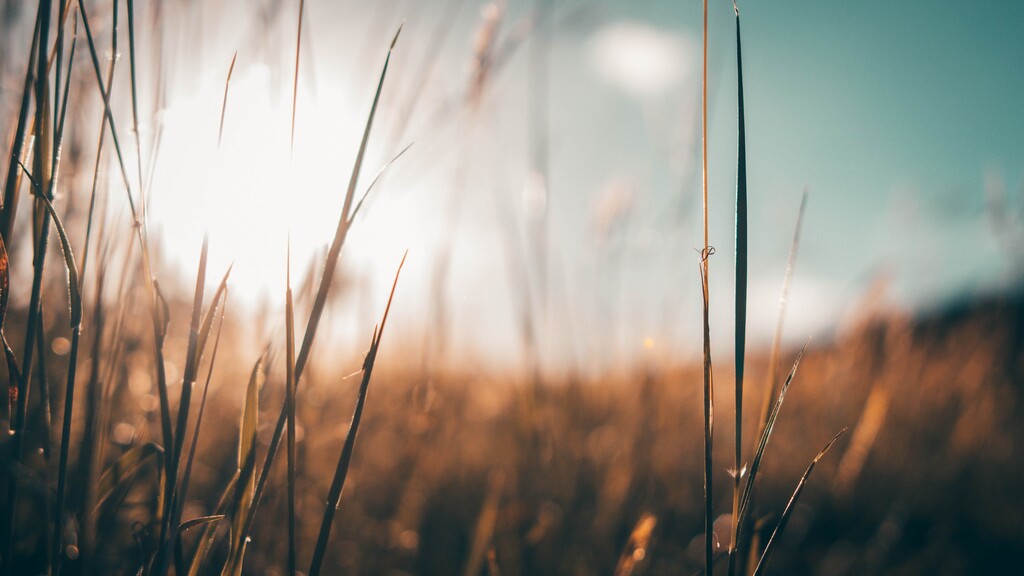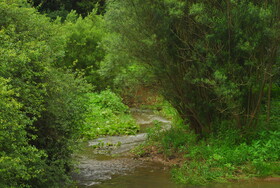

Climate change causes relocations of animals and plants to areas more suitable to them. However, in Europe these adjustment movements are often exacerbated by streets and settlements. Courses of brooks and rivers are natural passages for the migration of species. Naturefund and EURid reforest trees alongside the courses of brooks and rivers in Europe. In a first partial step, the Adenauer brook in the Eifel, Germany, had been renaturalised

Start: November 2012
End: April 2013
Northern Rhineland-Palatinate in the Eifel near the city of Adenau
About 2 km along the stream, about 200 trees, mainly ash and black alder, can be planted
Partner in this project is the BUND Ahrweiler. The areas on the left side of the stream belong to about 20 owners. The land is leased to farmers, who use them mainly by mowing. Plantings on the creek banks is arranged with the owners.

Climate change causes a change in eco systems. Like in previous periods, animals and plants will try to relocate into habitats which are more suitable to them. However, in Europe these adjustment movements are often exacerbated by streets and settlements. Courses of brooks and rivers still constitute natural passages for the migration of species. Though, many waterways are only marginally close to being natural.
Furthermore, floodplains and lowland forests alongside the waterways only exist in small numbers, even though two thirds of all european species occur in floodplain forests. If it could be managed to rebuild floodplain forests alongside the courses of brooks and rivers, european climate passages could be brought forward. This would ease the species' territorial acclimatisation to the climate change and, at the same time, contain the loss of biodiversity in Europe.
Naturefund's proposal to EURid is to reforest trees alongside the courses of brooks and rivers in Europe. In the process, legislation, ownership structures and long-term caring will differ from location to location. But, the development of european climate passages alongside waterways is a higher-ranking idea that can be well communicated transnationally.
In a first partial step, two courses of brooks in the Eifel, Germany, had been renaturalised, and further reforestations alongside waterways will follow.
Northern Rhineland-Palatinate in the Eifel close to the city of Adenau;
At a length of 2 kilometres alongside the course of the brook, about 200 and more trees, mainly ash and black alder, can be planted;
Due to the good biological water quality (II and III), typical species like the masks of stoneflies and caddis flies, the common amphipoda and fishes like bullhead and minnow occur in this highland brook.
The flora on the section of the brook is split into two parts. The upslope part is naturally overgrown with typical trees like black alder, willow and also ash. The downslope part is essentially free of trees, as the grassland is used by mowing grass up to the water-edge. This could be compensated by reforestation.
Our partner in this project is the BUND district group of Ahrweiler. The areas on the left side of the brook are owned by about 20 owners. The areas are leased to farmers who basically use it by mowing the grass. Plantations alongside the brook edges are possible and will be arranged with the owners.
Since 1995, the BUND district group of Ahrweiler has implemented a vast number of re-naturing actions at the Adenau brook. The group would realise the reforestation together with the Erich Klausener High School in Adenau. The BUND will take care of the trees in the long term, too.
The trees are habitats, serve as erosion protection and provide shade in summer to stabilise the oxygen content of the waters.
Read here what others have written about the project.
Sorry, there is no comment for this project yet. Write the first one!